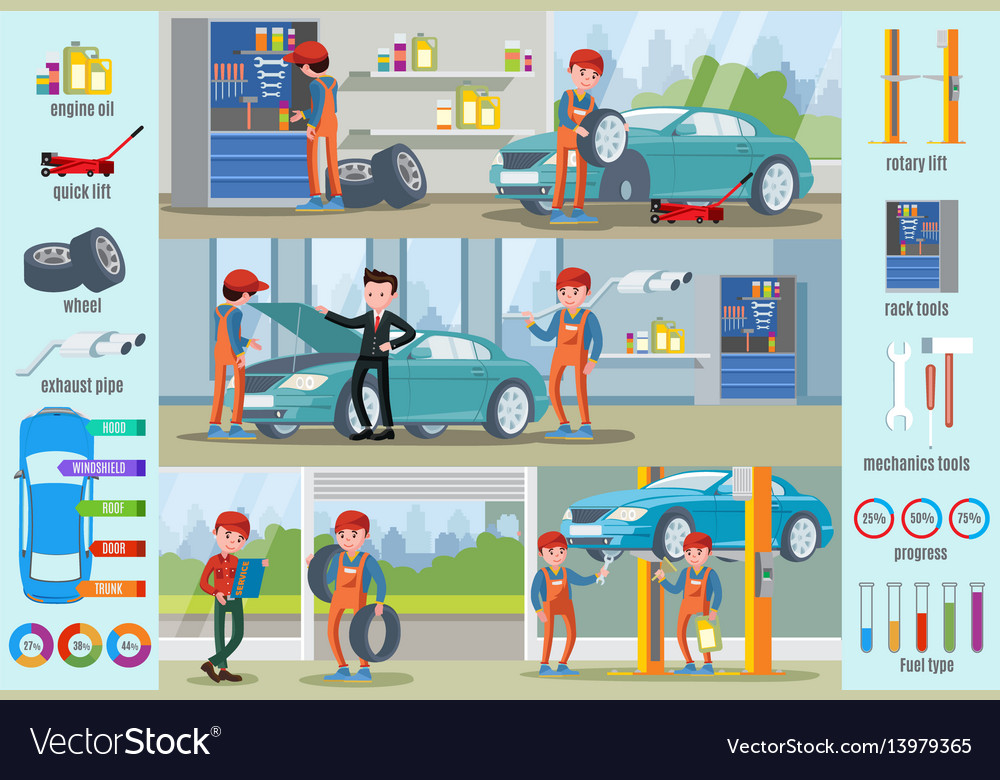Decoding Your Automobile'S Warning Indicators: What They Truly Represent
Decoding Your Automobile'S Warning Indicators: What They Truly Represent
Blog Article
Web Content Writer-Lauritsen Stark
When you lag the wheel, those radiant caution lights on your control panel can be a bit perplexing. Do you recognize what they're trying to tell you concerning your car's health? Understanding the significance of these lights is vital for your safety and the durability of your automobile. So, the next time one of those lights pops up, would not you want to decipher its message accurately and take the needed actions to resolve it?
Common Caution Lights and Interpretations
Determine common caution lights in your car and understand their definitions to guarantee risk-free driving.
The most normal warning lights include the check engine light, which signals issues with the engine or discharges system. If this light begins, it's essential to have your automobile checked immediately.
The oil pressure advising light indicates low oil stress, requiring prompt focus to stop engine damages.
A blinking battery light may suggest a defective billing system, potentially leaving you stranded otherwise attended to.
The tire stress monitoring system (TPMS) light notifies you to reduced tire stress, impacting vehicle security and gas efficiency. Disregarding this might cause hazardous driving problems.
https://www.makeuseof.com/best-apps-car-maintenance-and-tips/ shows an issue with the anti-lock stopping system, jeopardizing your capacity to stop rapidly in emergency situations.
Last but not least, the coolant temperature level warning light warns of engine getting too hot, which can lead to severe damage if not settled swiftly.
Recognizing these common caution lights will certainly aid you address issues promptly and maintain risk-free driving conditions.
Relevance of Prompt Focus
Understanding the typical warning lights in your automobile is just the very first step; the value of quickly dealing with these cautions can't be highlighted sufficient to ensure your safety when traveling.
When a caution light brightens on your control panel, it's your cars and truck's way of communicating a prospective problem that needs focus. Overlooking these warnings can cause much more extreme troubles later on, compromising your safety and possibly costing you much more in repairs.
Trigger focus to alerting lights can avoid breakdowns and crashes. For example, a blinking check engine light could show a misfire that, if left unattended, can create damages to the catalytic converter. Resolving this immediately can save you from a pricey repair work.
In click here for info , a brake system warning light could signal low brake fluid or worn brake pads, important components for your safety and security when driving.
Do It Yourself Troubleshooting Tips
If you notice a caution light on your dashboard, there are a few DIY repairing tips you can try before seeking specialist assistance.
The first step is to consult your auto's guidebook to understand what the certain caution light suggests. In some cases the issue can be as easy as a loosened gas cap triggering the check engine light. Tightening the gas cap might solve the trouble.
full car detail is a low battery, which can trigger various warning lights. Checking the battery connections for rust and ensuring they're secure could fix the problem.
If a warning light lingers, you can attempt resetting it by separating the automobile's battery for a couple of minutes and after that reconnecting it. In addition, inspecting your vehicle's liquid levels, such as oil, coolant, and brake liquid, can assist fix alerting lights related to these systems.
Conclusion
In conclusion, recognizing your cars and truck's caution lights is important for maintaining your car running smoothly and safely. By immediately attending to these alerts and knowing what they indicate, you can stay clear of expensive repairs and potential breakdowns.
Bear in mind to consult your vehicle's manual for specific details on each warning light and take action as necessary to make certain a hassle-free driving experience.
Stay notified, remain safe when traveling!
